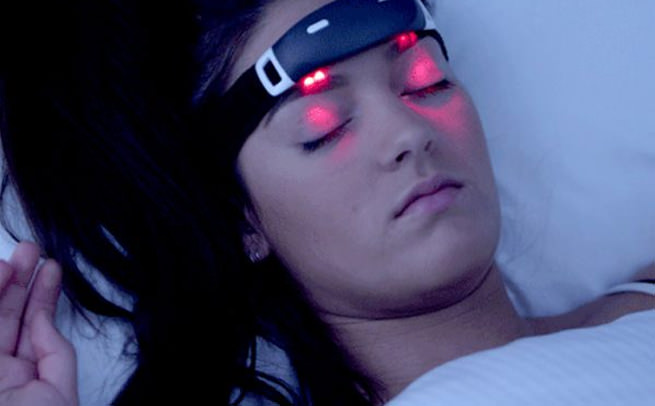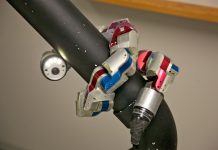Dreaming technology itself is something of a dream itself, the power to go anywhere we want and do anything when we sleep. Amazing landscapes already exist in our wild imaginations aren’t just real enough because our senses are too much dominant in the visual universe of our mind. However, as the VR technology is causing virtual reality nausea in some people, it is also raising questions that stretch beyond our reality.
It seems like VR Technology is human imagination growing eyes and we are only limited by the graphical appeal of virtual reality headsets offered in the market. It’s far from being perfect, the pixels are too visible to be ignored, the VR gadgets are too heavy, and the visual effects don’t appear just as vivid as they appear in our dreams. But will it be possible someday?
VR is a Precursor to Dreaming Technology
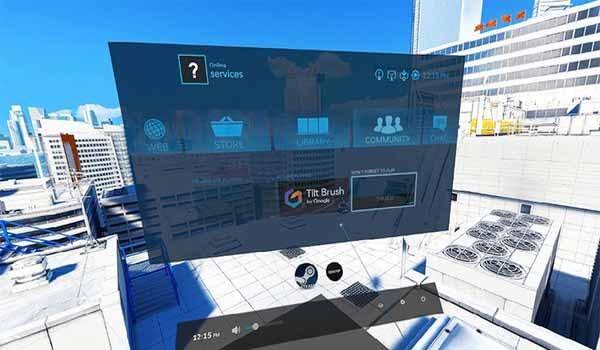
It’s all about betraying our senses and virtual reality headset managed to betray our visual sense to some extent. In our sleep, we are completely disconnected from our body and all the five senses, making the dream world look and feel much too real. So much real that nightmares are powerful enough to send your heart racing and beautiful dreams leave a blissful afterglow even when you are awake.
The Game of Betraying the Brain
The principles of virtual reality aren’t something out of the blue because previously virtual simulators had been used to train pilots, drivers, and astronauts to prepare their mind for unreal circumstances. Science is miles away from mastering how the mind works, but over the last decade, we have learned so much about the brain that we didn’t in the last two centuries. All thanks to the hi-tech brain scanning machines with 3D mapping systems.
Simulators are not very different from VR headsets, the later is a modified form of the former technological device designed around the consumers. This shift came to happen at the loss of motion sensors, scanners, and physical movements that coordinated with the motion events taking place inside the screens. Such physical motion plays a great role in playing trick with our brains because the experience becomes more immersive.
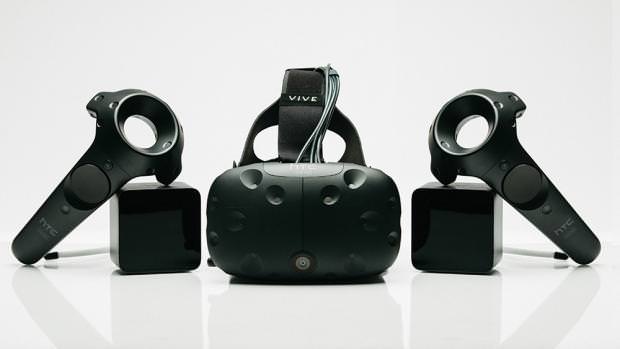
As you know, Oculus Rift is somewhat a stationary experience and HTC Vive provides limited motion tracking. Just the visual reality isn’t enough to make dreaming technology come alive, it would take more. Scientists used to think it is not possible without psychedelic drugs, however, the human-machine neural interface is making great leaps. One day it would be possible to intercept the signals of sensory neurons and replace them with synthetic ones.
Current Methods of Inducing Dreams
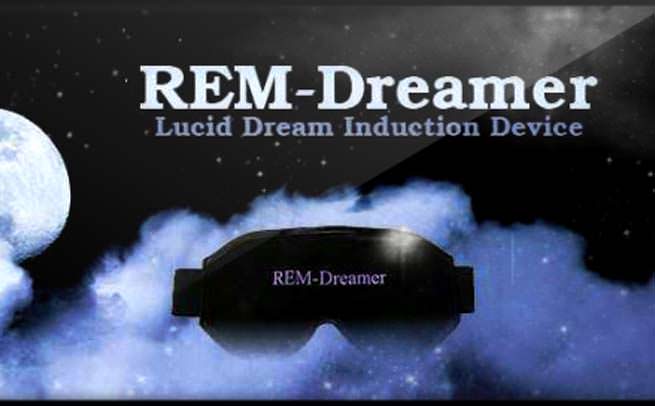
As for now, we will have to suffice with lucid dream inducing tablets and the first line of dreaming technology devices like Nova Dreamer and its multiple competitors. Unlike virtual reality where your world is custom made, the lucidity devices utilize the virtual worlds within sleep cycles during Rapid Eyes Moment (REM) stage. The devices detect eye moments and blink a sharp light on your eyes which you see in your dream like blurry red spots, reminding you that you are not in the real world and in that way you gain some level of conscious to control your dreams.
Future of Dreaming Technology
The future of dreaming technology is only limited by your imagination. Some concepts you have already witnessed in Hollywood Blockbusters like The Matrix and Vanilla Skies; yes it is too good to be real but it’s already what you are partially witnessing with virtual reality devices. The world that isn’t there but you are interacting with it via controller aids, but with the power of machine-human interfaces, like this brain-based controller introduced during CES 2017 are the portal.














